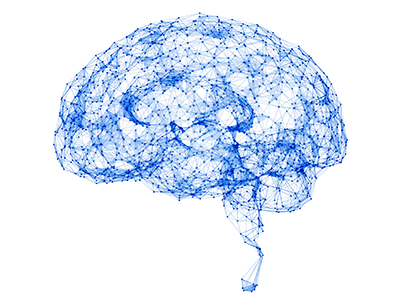Patterns of continuous glucose monitoring use in young children after T1D diagnosis

The findings suggest that, when clinically appropriate, continuous glucose monitoring initiation near or at the time of diagnosis benefits glycemic outcomes in young children when followed by sustained use.
Continuous glucose monitoring (CGM) is a blood glucose monitoring device worn on the body that is linked to positive glycemic outcomes in people with Type 1 diabetes (T1D). However, very little research has examined CGM use and glycemic outcomes in young children, particularly those newly diagnosed with T1D.
A new Diabetes Technology and Therapeutics study led by Randi Streisand, Ph.D., C.D.C.E.S., Chief of Psychology and Behavioral Health at Children’s National Hospital, and others identified four meaningful trajectories of CGM use among young children across 18-months post-T1D diagnosis: those who “always” used CGM; those who got on CGM later but stayed on it (“late/stable”); those who used CGM inconsistently; and those who “never” used CGM. The investigators conducted a study of 157 parents of young children (1-6 years) newly diagnosed with T1D who enrolled in a behavioral intervention.
Importantly, the authors found that those with private insurance were more likely than those with only public insurance to be in the “always” and “late/stable” groups (as opposed to the “never” group). Those in the “always” and “late/stable” groups also had better glycemic outcomes than those in the “never group” at 18-months post-T1D diagnosis.
“This research highlights that insurance type can be a barrier to accessing CGM,” Dr. Streisand noted. “Further, this is one of the first studies, among newly diagnosed young children, to show that CGM initiation at diagnosis or near diagnosis followed by sustained use is associated with better glycemic outcomes compared to never initiating CGM, supporting findings from other studies conducted with older youth.”
The findings inform clinical care with patients as it suggests that, when clinically appropriate, CGM initiation near or at the time of diagnosis benefits glycemic outcomes in young children when followed by sustained use. This is the only study to examine patterns of CGM use among 1-6-year-old children newly diagnosed with T1D over the first 18-months post-diagnosis.
“It was exciting to find differences in glycemic outcomes based on CGM initiation and use in this unique population,” Dr. Streisand said. However, the authors concluded that, given the health benefits of CGM, further exploration of barriers to CGM access and use among some families is needed.
In addition to Dr. Streisand, other Children’s National co-authors include Brynn Marks, M.D., M.S. HPEd.; Carrie Tully, Ph.D.; Maureen Monaghan, Ph.D., C.D.E. , and Christine Wang, Ph.D.







